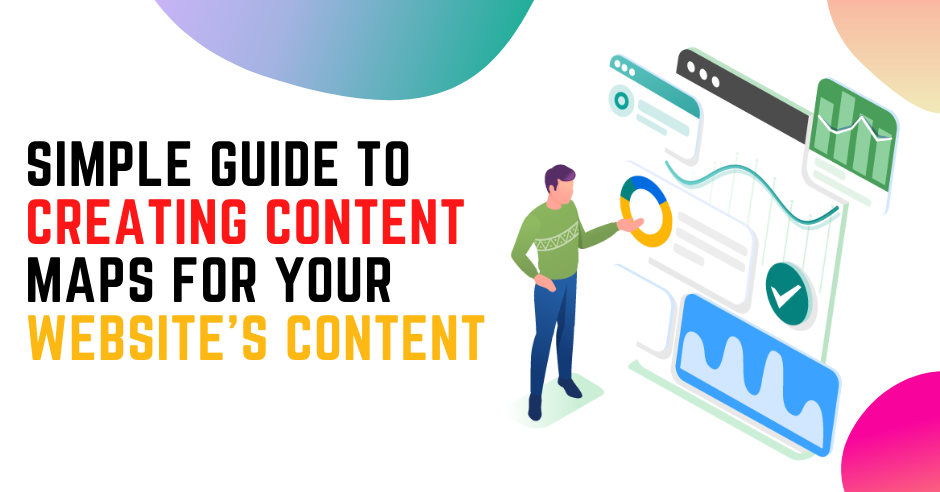
Simple Guide to Creating Content Maps for your Website’s Content
Mapping your website content might sound simple, yet it’s one of the most valuable parts of executing a successful strategy for your online business. It provides a way to visualize your business goals, customer journey, and competition. Ultimately, you’re able to spot important content gaps and opportunities to fill.
So, how do you get started with content mapping? This quick guide walks you through a simple process of creating content maps for your site.
But first,
What is a Content Map?
This is a tool for planning your website content and which helps you to review your existing content, plan for new content, and identify current gaps and opportunities. The ultimate goal is to ensure you’re producing content that converts your visitors into buyers.
How Do you Create an Effective Content Map?
1. Understand your Business Goals
What are your site visitors looking for when browsing your website? Your business goals should be built around understanding the exact needs of your visitor.
You may require to do market research or dig into your consumer data to identify these needs. This will help you find out your customers’ tastes and preferences as well as how close they are to making purchases.
2. Define Audience Personas
Creating a useful content map involves defining your audience by their traits. Begin by placing your site visitors in groups using demographics and psychographic segmentation techniques. For the former, you will need to characterize your audience by age, income, or gender. Psychographic segmentation examines the attitudes and lifestyles of your target customers.
Defining the audience personas helps you to understand your customers’ opinions, interests, online usage traits, social status, and frustrations. This way, you can easily build user profiles that you’ll use to develop your content strategy.
3. Explore Consumers’ Lifecycle
A standard consumers’ lifecycle comprises five main stages, and each will play a part when you’re in creating content maps.
4. Awareness Stage
In this stage, you will develop content that informs your audience about an existing problem they might be facing. You should then create content that helps to solve this issue. Your job here is to let them know that you have options to relieve their frustrations.
5. Consideration Stage
Your prospects now already know they have an issue that requires solving. As such, your content should be geared at promoting your solution to their problem. Be sure to make your solution appear more viable than anything else available in the market.
6. Purchase Stage
At this point, your visitors have already made up their mind that your solution is suitable for them. Make sure your content map elaborates on the purchase process, but also ensure you do not overwhelm them with needless information to avoid losing them.
7. Loyalty Stage
Here, your audience is already applying your solution to their problem. Create a content map that prioritizes after-sale procedures. For example, create plans for receiving feedback so you can improve on your product’s weaknesses.
8. Advocacy Stage
Purchasers who reach this stage are already your regular customers. Your content map should include plans to have them marketing your solution to others.
Are you implementing any content maps in your online business? How has your experience with them been like? We’d love to hear your feedback in the comments below.
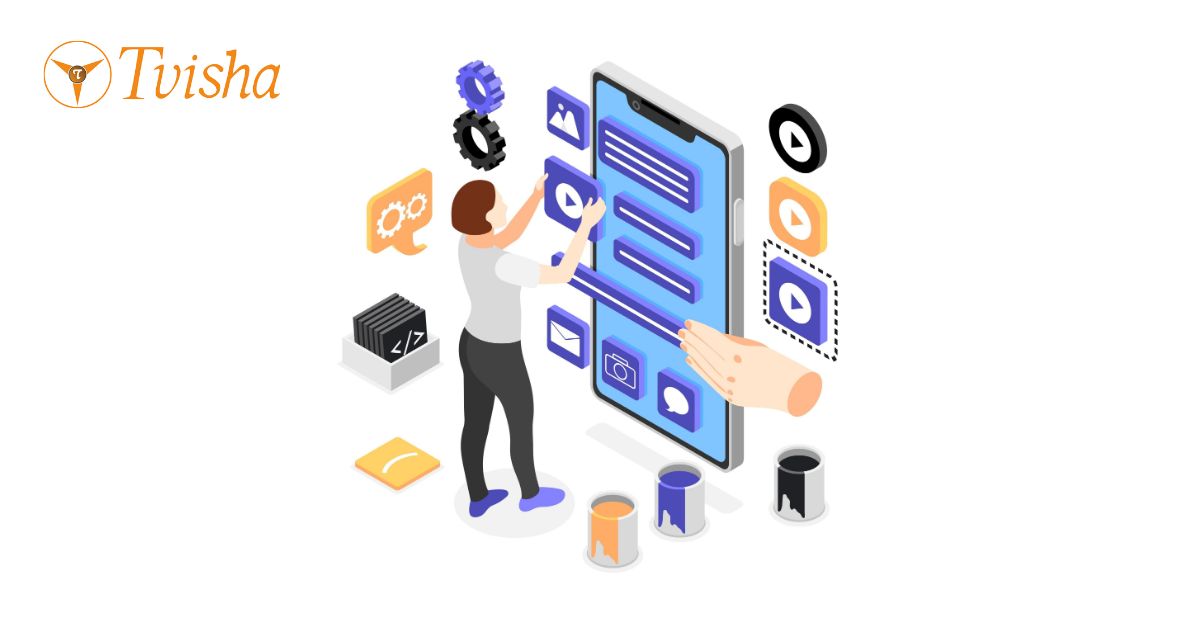


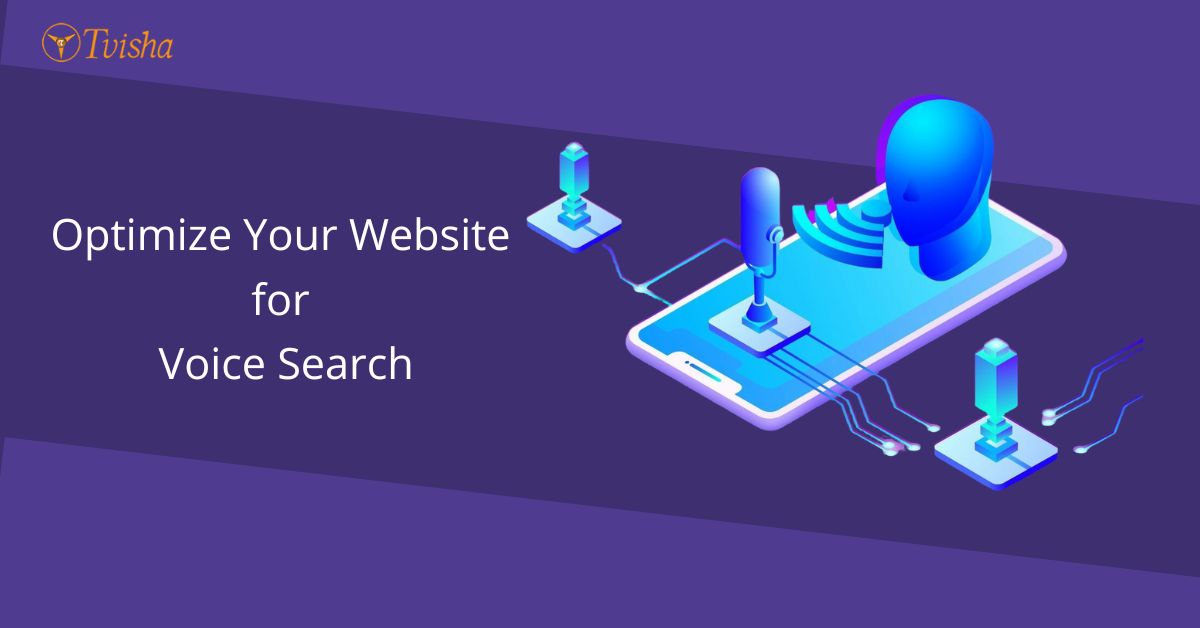
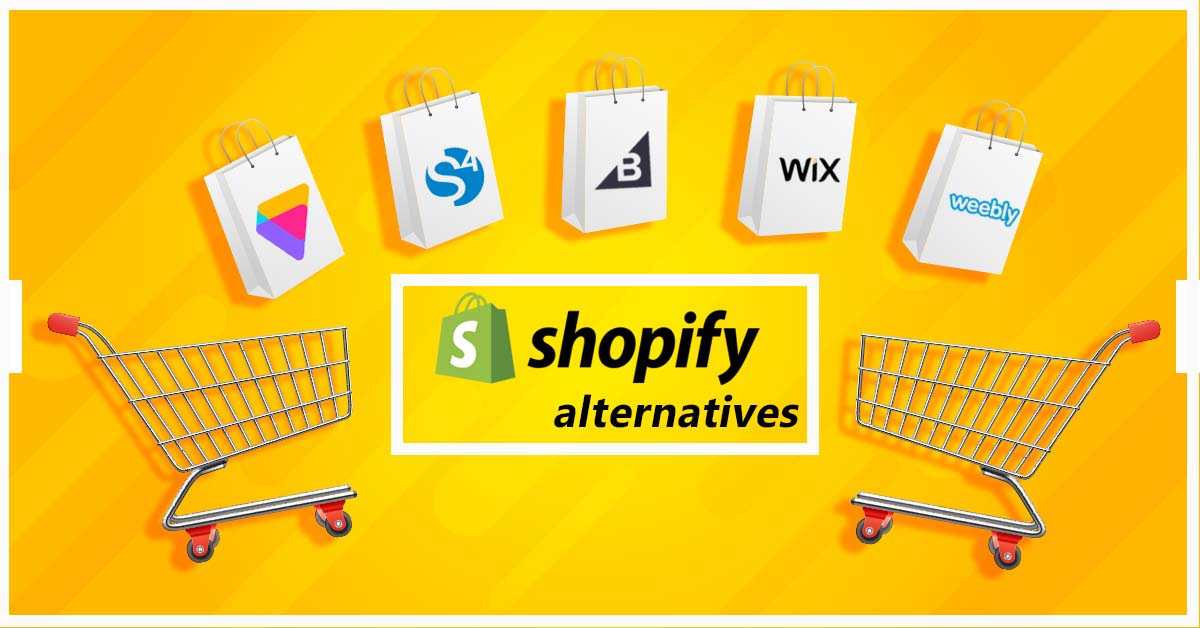
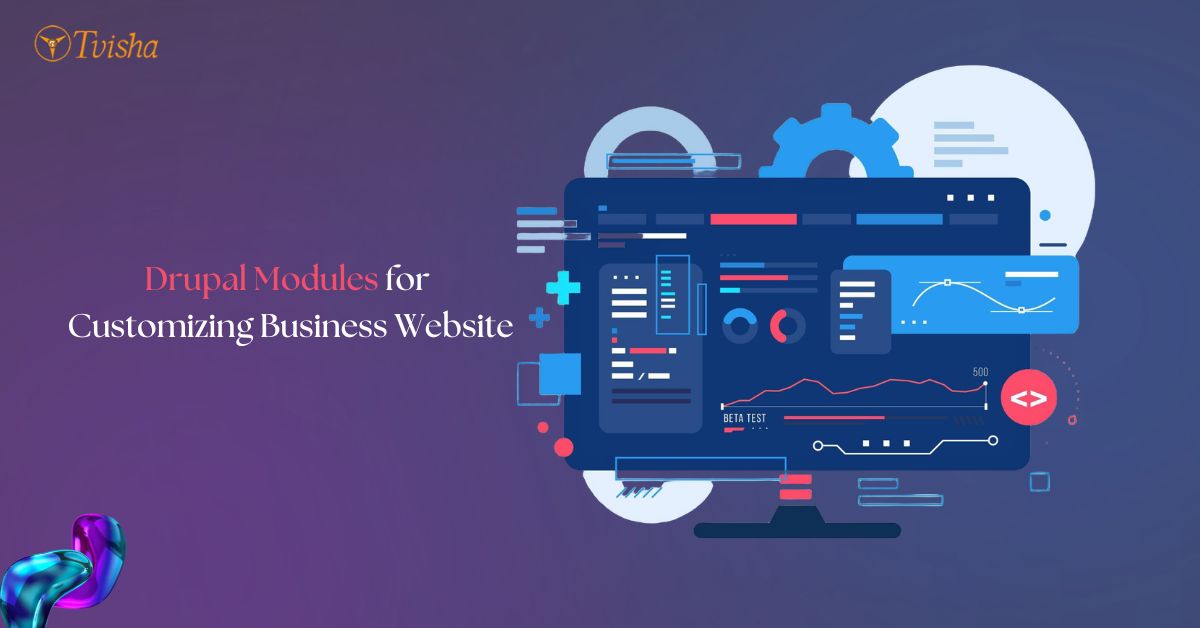








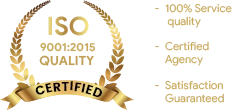


 Whatsapp
Whatsapp
 Email
Email


